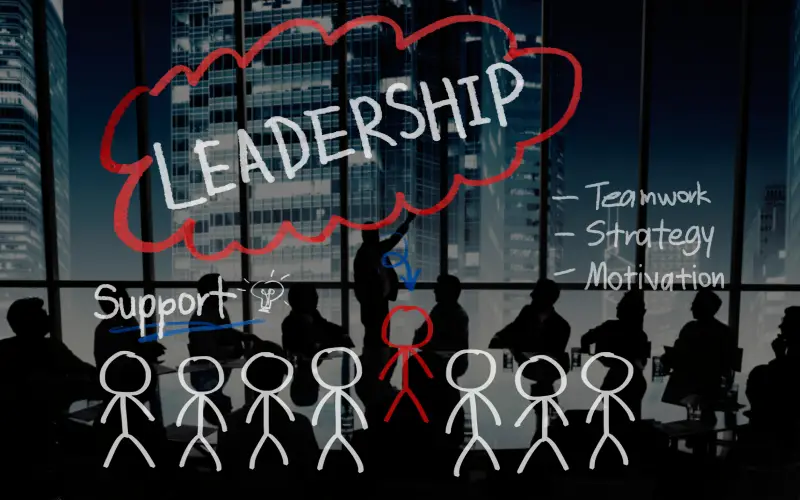Project management is no longer about assigning tasks and tracking deadlines. It’s about enabling progress, clearing roadblocks, and building teams that think for themselves then think even bigger.
In this era of constant disruption, the best project leaders don’t control from the top. They lead from behind. They listen more than they speak. They create the conditions where teams thrive.
This mindset has a name: Servant Leadership.
And it’s not a fad it’s a fundamental shift in how high-performing project environments operate. Whether you work in Agile, hybrid, or even traditionally structured teams, adopting servant leadership isn’t just a nice-to-have it’s the differentiator between average delivery and truly empowered execution.
In this blog, we’ll explore what servant leadership really looks like in action, how it reshapes your project culture, and why it’s fast becoming the new standard for project excellence.
1. What Is Servant Leadership And Why It Matters Now
At its core, servant leadership flips the traditional power pyramid. You’re not at the top making all the calls you’re at the bottom clearing the way. Your role isn’t to manage the team’s output; it’s to maximize the team’s potential.
This matters more than ever as teams become more autonomous, cross-functional, and distributed. Servant leaders act as enablers, not gatekeepers.
They:
Remove blockers before they become bottlenecks
Create psychological safety so people speak up early
Encourage ownership, curiosity, and peer accountability
Lead with empathy, humility, and active listening
These traits don’t just feel good they produce hard outcomes: better collaboration, faster delivery, stronger innovation, and deeper engagement.
2. What It Looks Like on the Ground
Servant leadership isn’t theory it’s visible in the daily choices you make:
In standups, you ask “What’s in your way?” instead of “What’s the update?”
You facilitate dialogue not just distribute tasks
You focus on outcomes the team creates rather than controlling the inputs
You shield your team from chaos while giving them space to solve
You ask what support looks like, instead of assuming what leadership should be
When problems arise, servant leaders don’t assign blame they remove friction. When tension builds, they lean in, not shut down. And when credit is due, they give it away, not hoard it.
3. Why It’s Strategic Not Just Soft-Skilled
In the past, leadership was about authority. Today, it’s about influence. Servant leadership equips you to earn buy-in, build trust, and navigate ambiguity across diverse teams and stakeholder groups.
And as projects become more outcome-driven and iterative, leaders who enable flow not control create sustainable success.
Even in formal governance structures, the servant leader wins by:
Helping teams self-assess performance
Translating strategic priorities into actionable focus
Elevating blockers with speed and clarity
Coaching instead of correcting
It’s not passive. It’s powerful.
Final Reflection: Lead From Within
The servant leader doesn’t need the spotlight. They create it for others.
That shift from control to service isn’t about giving up power. It’s about multiplying it across the team.
So if your current leadership style relies on process, position, or persuasion, ask yourself:
What would it look like to remove friction, not just assign tasks?
What could your team do if their biggest obstacle wasn’t internal?
What kind of leader do they need when pressure is high and time is short?
Because in today’s project landscape, the highest-performing teams are built on trust, not orders and the best way to lead them… is to serve them.
If you’re looking to elevate your leadership game, start here: practice servant leadership on your next project one conversation, one removed blocker, one moment of real empathy at a time.
This isn’t just a mindset shift. It’s a strategic edge.
Your team is capable of more. Lead them like it. Serve them like it. That’s how you build real momentum together.
Founder & CEO, Upbuild Global Inc. & Awardee of PMIs Eric Jennet Award of Excellence





0 Comments